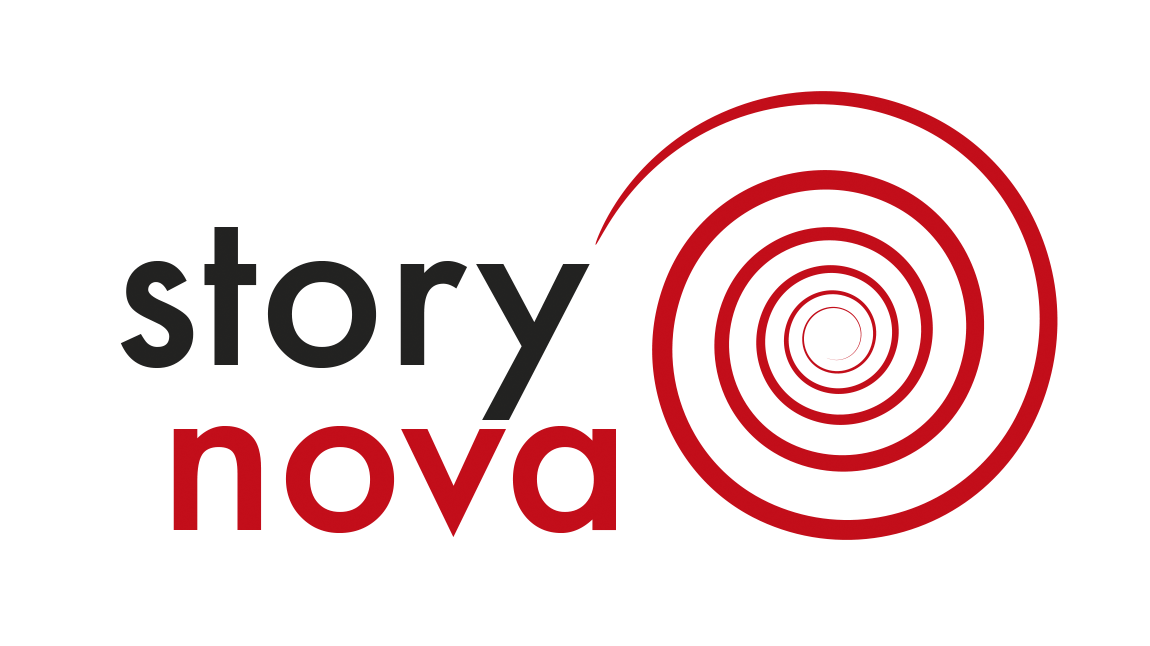Human Beings Hurting
Photo by Bryan Garces on Unsplash
There’s a walking meditation that’s really enlightening. While walking, you look at everything as if you don’t know what it is. You let your eyes settle on something, and you give it a generic name without embellishment: Flower. Wall. Man. When you catch yourself slipping into descriptions or judgments — beautiful flower, graffiti-covered wall, black man — you come back to the generic noun. Every flower a flower, no more.
You try it, and you notice all the varieties of flower, of wall, of man, woman, child. The world is alive, vibrating with richness and wonder.
You move up to higher category nouns — plant, boundary, human being — and the world becomes even more beautiful and multifaceted. Everything belongs, as is. It’s an exhilarating exercise.
Out of curiosity, you add verbs.
You see a woman pushing a baby carriage. “Mother,” you think automatically. But then you realize you can’t be sure. You can’t see inside the carriage to confirm there’s a child in there. And even if there is a child, you can’t affirm that the woman is its mother. Or a mother at all. You settle on “human being pushing.”
You see a young professional on her lunch break, lying down on a bench and talking on the phone. You zoom out, and she becomes “human being lying down.” Then you see a homeless man with matted hair, dressed in dirty rags, lying down on a different bench. Zoom out, and he too becomes “human being lying down.” You drop your labels and categories, and suddenly two human beings lying down are more alike — and more like you — than your narratives would have you believe.
You practice this meditation on and off whenever you can. And then one day you see a terrible video from your country, a place you love and miss and fret over from afar. Along with millions of others, you watch for eight long minutes as a white police officer murders a black suspect in his custody by kneeling on his neck as if it were the most natural thing in the world.
You zoom in. You see George Floyd become another victim of systemic racism, the shameful cornerstone of your great American dream. And you’re filled with anguish, rage, and the feeling that you’re somehow part of the problem.
You zoom out. You see a black man pleading and a white man ignoring his pleas. And you join the protest.
You zoom out again. You see one human being hurting and another one hurting him. And you grieve.
And suddenly you see “two human beings hurting.”
It shocks you.
And then you get it.
They are more alike — and more like you — than your narratives would have you believe.
The meditation I described isn’t a roadmap for the long, hard work of dismantling the racism and structural violence plaguing our institutions. It's not even an exercise in empathy, although it may result in more empathy for some. It is, first and foremost, an exercise in raising our awareness of how we see the world, and how we see our fellow human beings.
The stories we tell ourselves about good and bad, and about belonging and excluding often serve to shield us from our own inner feelings of unworthiness. To protect ourselves, we diminish others, often in the tiniest of ways. We do it when we dismiss our partner’s complaint, our employee’s excuse, or our boss’s request without having truly listened. We label others as failures — too emotional, lazy, difficult — so as not to feel like failures ourselves. We build ever more elaborate belief structures, and we collectively promote them as normal or right. In the process, we disconnect from our deepest values and become blind to our own hearts.
We are brutal with others to deny how brutal we are with ourselves.
It may seem outrageous to make a link between individual tiny moments of defensive reaction and a crime as overwhelming and significant as the killing of George Floyd. But if we're honest, the link is there. When I can accept my own capacity for small-scale violence, I can then zoom out, drop the adjectives, and see that I violate.
We owe it to ourselves and to each other to be willing to see our own hearts and to take ownership of our pain. Ram Dass, the psychologist and spiritual leader, puts it this way:
“You know, I think the heart is the only institution that I trust as an agent for social change. It’s not the big organization, not the government, not the family. It comes down to one human heart seeing another, to another, to another, to another. That’s social change.”
So here we are now at a collective moment of suffering. If I zoom in, I see plenty of perpetrators doubling down on victims who can’t breathe, and I despair. But if I zoom out, I begin to see hearts opening and filling with empathy and compassion. I see a growing understanding that things must change and that we have deep and difficult work to do. I see us actually looking at ourselves and each other and making our first tentative and awkward steps to close the gaps between us.
The fight for our collective soul is long and hard and uncomfortable. We have wavered before, and we might waver again.
If I zoom out, I see “human beings growing.” It gives me hope. This time, perhaps we'll persevere.

